"I am aware that whenever a male or female body is used in an artwork, people will read in to it in many ways"Arts Editor: Christopher George Rowan Newton’s latest body of work came in part from the isolation we all faced during the COVID-19 pandemic. This isolation brought challenges and realisations for the renowned contemporary artist- both creatively and emotionally. Newton’s show at the Jealous Gallery London was initially planned for 2020, but Covid caused Newton to reflect on how the world had to stop, yet his practice as an artist could continue almost unchanged. The time that we all gained in our life as the world halted, became a period for Newton to submerge himself in his fascination of colour and paint and challenge his understanding of the human form. Newton’s works have taken a step out of his comfort zone of the portrait, and fully opened the canvas to the expression of the nude figure. Allowing the emotions in the body’s flesh, tone, curves and creases to be translated via paint to canvas. His fascination and practise with colour and the texture of paint have created a pollination of a visual- crossing science-fiction with Renaissance paintings of the nude, which both celebrate uniqueness. Newton has taken a huge step forward as an artist, encompassing contemporary, and classical art. SO How was your COVID experience both creatively and emotionally/ RN Not that bad to be honest. Personally I enjoyed how everything slowed down, it felt like there was less pressure. My girlfriend was working from home, so it was really nice to spend a lot more time together. She was less stressed with not having to do a two hour commute everyday, and also having more time to herself was really good to see. Creatively, well my show was originally meant to be in September 2020, so it actually got postponed twice. In a way it was a relief, as it gave me a lot more time to concentrate on doing the work, to sit with the paintings, and to then come back to them when I felt the time was right and work on them further. SO You began this body of work before COVID. What were your intentions prior to the pandemic for the exhibition, and how did they alter to the final exhibition? RN Originally the idea was to showcase a lot less work and to focus on mostly bigger pieces. I also originally wanted to focus on painting more than one figure on each canvas. However when lockdown hit, I was no longer able to use models or organise photo shoots, so like everyone I had to adapt. The word isolation was now being used frequently and as we became more insular, I felt that the artwork should be more personal and closer to home. All there was at hand for inspiration was my partner and our four walls. I also had no plan to do portraits for the original show, but when the option of seeing other people was taken away, I started to paint photos of my friends faces instead. Maybe this was a way of still keeping them close to me. SO This new body of works is more introspective, and obviously during the time of lockdown we were all pretty much living this way. How was this state of mind for you while painting? RN I don't feel that my state of mind is too different, however maybe I will need more time to look back on it in hindsight to see the impact on myself. For me, and I imagine a lot of other artists, isolation is a common practice, as I spend a lot of time alone in my studio, and this is partly what the title of this show is about. As a painter, I choose to spend days on end in a room by myself making these paintings. I choose this as I like to be alone, and it helps my creative process in making me feel relaxed. During lockdown when we were isolated in so many other aspects of life, I reflected on how although I often choose to work like this, human interaction is also an important part of getting inspiration and ideas. SO Much of your works are based around the cropped portrait, but for this exhibition you have opened the canvas to more figurative nudes. How was it for you expanding and using more of the human form? This was a new challenge, which is what I needed at this point in my career. Trying to convey emotion and nostalgia through the human form, whilst deepening my exploration of colour and the properties of paint, have been central to my process. It's been interesting to experiment with pose and composition in order to communicate an emotional feeling through these new works. I also personally find the body is more fun to paint and draw, there are more angles, curves and creases than in a face. SO Can you let us know more on your practice of deepening and the exploration of colour and the properties of paint. RN For me the use of colour creates an instant emotional reaction. You notice that when people see flowers bloom in spring, or witness and incredible sunset. Colour fills people with awe and excitement. I want to play with placing one colour against another to grab the audiences’ attention, and to help the viewer feel an instant emotional response to the work. Texture can do this as well, and I hope that the tactile nature of my paintings draw people in and make them more seductive. As humans we seek the touch of other people, and I hope that my use of texture encourages my viewers to engage with the painting physically and emotionally. SO The male nude has become a new part of your subject matter. How is it working between the male and the female nude. What observations do you have, and how is it working between your own sex and the alternative. RN I can't decide if it's been easier or harder to depict the male form compared to the female nudes. In a way, as a man, I know the male body as I have spent my life living inside one. Although hopefully I spend more time looking at my partner rather than myself, ha! However, on the other hand we are constantly confronted with a version of the female figure so often in mass media and advertising, that it feels so familiar. What I did notice, it is a lot easier to find poses and angles that work with the female form, compared to the male form. In that aspect I struggled. SO In this struggle to find the variation with the male poses, what are your thoughts on the female poses being so varied, and for a long time now almost a constant fashion for the female to play on the masculine. Yet for the male to be portrait with femininity, this still can be seen as derogatory. RN Obviously I am aware that whenever a male or female body is used in an artwork, people will read in to it in many ways, and I find it interesting discussing these reactions with people that view my work. Using male figures is something that’s quite new for me, and I am interested in exploring different poses and expressions in the future. And with that I will need to explore these issue further. The larger paintings for this show were less motivated by issues surrounding gender, and more about depicting people at home in their natural state. Not particularly posed but just being. I think due to lockdown, and spending more time around the house, these everyday scenarios and 'moments' captured my attention and I wanted to explore this. SO Nudes are a complicated subject, and avoiding the overly sexual and pornographic can be difficult. How do you approach this? RN That's always a main concern for me when approaching it, to steer clear of sexualising the subject. Yet I still look at some pieces from the show and see that they could be interpreted as 'sexy'. I try to go for very natural, nothing forced or difficult to hold as a pose. Just relaxed and at ease, and hopefully that gives it a more natural quality. SO During these times where visuals are so sexualised, we are seeing the nude represented by a growing number of artists with more classical appreciation. What are your thoughts on the nude and it's representation in modern art, and also in modern society with the explicits of social media, body modification and filters to beautify. RN Yeah, as someone who is expecting their first child, the internet and what is available to young people at such an early age can be very frightening. The growing pressure people face when being constantly bombard by images of the so called "perfect body" is immense and often comes without the transparency of knowing how these images have been edited/ tweaked and distorted. Why are so many people using the filters, the editing apps, and surgery etc. How can we collectively veer away from this? It makes me think; am I contributing to that? Do we want another man representing women? It's difficult. This is a regular discussion in our household what with my girlfriend having a keen interest in art. Ultimately I enjoy representing people through my work, and during COVID I attended a range of virtual life drawing classes in which I chose due to the diverse range of bodies being represented. This I feel is important. SO Nudity can be an uncomfortable visual and conversation in western society. And the extremes seem to be literally ‘inflating’ the sexualisation of the human form, and bypassing the artistic. What are your thoughts on this? RN I would agree, but this has been going on for centuries. However it feels more shoved in our face due to the easy access the internet and what our smart phones offer. Ultimately we should not stop questioning and being critical. We should be aware of our privilege and of what our artwork is communicating. We should listen to other people's opinions and not shy away from asking ourselves the difficult questions. SO What would you say has been the fundamental shift in yourself after this last year? RN It's funny, because again, referring to the title of the show, I have chosen to isolate myself from the general public for most of my life in some ways. However, after a year of being told to isolate from others, it is only now that I fully realise how much I enjoy the company of others. It has been so good to reconnect with people. I want to stop imposing this self isolation on myself, and instead make a lot more effort to see people. instagram Rowan Newton
2 Comments
'The anguish of Hungarian sentiment is raw in Kiraly’s art'Arts Editor: Christopher George David Kovats Gallery embodies the essence of contemporary East European art, and the latest exhibition from Hungarian artist Gabor Kiraly, gives a glimpse into the unsettling atmosphere of Hungary's culture that has existed for hundreds of year, and continues to be problematic. It’s often through art that we get an insight into the underbelly of society, but Kiraly’s portrays a combination of cultures, identities and ideas. So at first It’s hard to grasp that the artist himself is originally from a small and sheltered village in the heart to Hungary, as the depiction of his own culture is heavily translated into a visual form akin to African tribal art. Kiraly originally trained and worked as a teacher, but like all artists the calling to produce works became paramount, and eventually took control of his life. From his humble background in a small farming village, Kiraly moved forward to create a position within the global contemporary art world. He is drawn to unique combinations inspired by tribal art, African American art and the humble background and Hungarian heritage. This mix is as curious for the viewer as it is for the artist himself, who allows his subconscious to take control. Kiraly is uncommitted in explaining why these themes are the basis of his works, or when these styles actually took hold of him creatively. Much of this artistry comes to him through his subconscious, and his paintings can often begin as one form and character, then change into another almost unrecognisable. Working from his subconscious, Kiraly creates the hypnotic vision we are faced with. Unexplainable figures twisted and somewhat grotesque - beyond the facade of beauty, while relaying the emotions that seem troubled beneath the physical form. Although potentially disturbing at first gaze, these portraits become comforting as one eases into the mundanity represented in each character’s solo existence, yet is taut with the undercurrents of anguish. This banal existence is a representation of his own reality and observations from growing up in a secluded Hungarian village, with its culture, habits and rituals. As with the artist’s unease of characters, these portraits represent the troubles and underlying anxiety within the Hungarian spirit. The agitation is passed down from generation to generation. Even the Hungarian national anthem is one of seemingly doom and depression. The anguish of Hungarian sentiment is raw in Kiraly’s art. Kiraly often works on objects and materials found or sourced. Old canvas, wood, objects and items that take his creative and subconscious interest. These insignificant materials then becoming the vessels for the art and his analogy. A transferal of his historical unconscious feelings, sentiment and situations, onto objects that have their own historical journey, deepening the meaning and narrative of the paintings. How one is connected to either the objects, the art or the sentiment is personal. But for many, this is quite a moving and exploratory exercise. Kiraly’s obscure connection with African art is a juxtaposition to his Hungarian background. His artistic direction is bound by a contrasting culture and at first it is difficult to decipher how Kiraly sees himself and other humans as one with no real separation. But why he wouldn’t be connected to African tribal art, or American African culture? We are all one of the same, and our journeys however culturally different, are one of emotional passages that we all share as the human race. |
sø•artyCreative minds produce in all mediums. Displaying some of the finest art items edited to suit a refined self and lifestyle Archives
April 2024
|

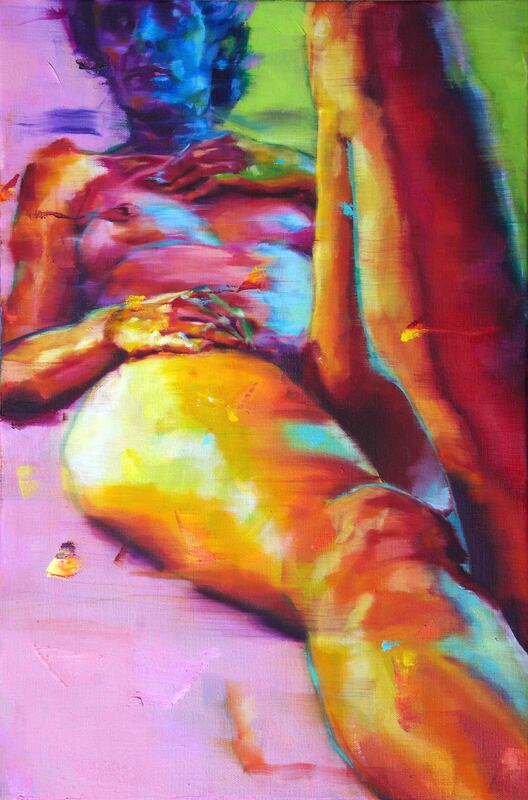



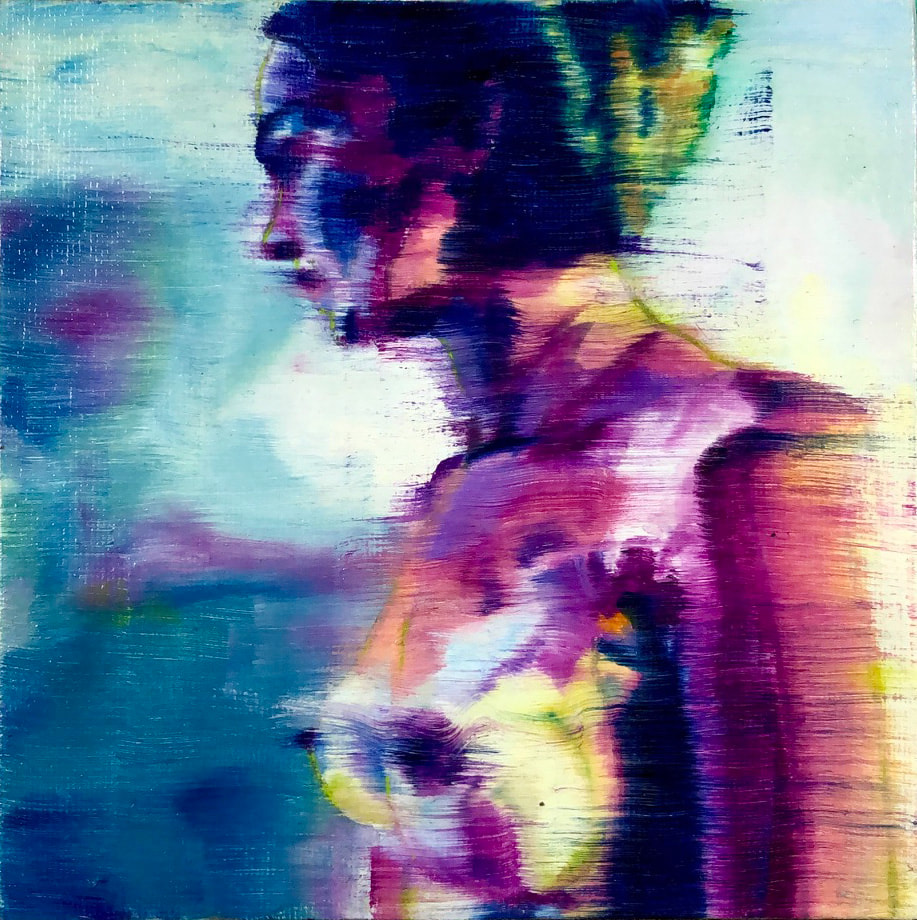



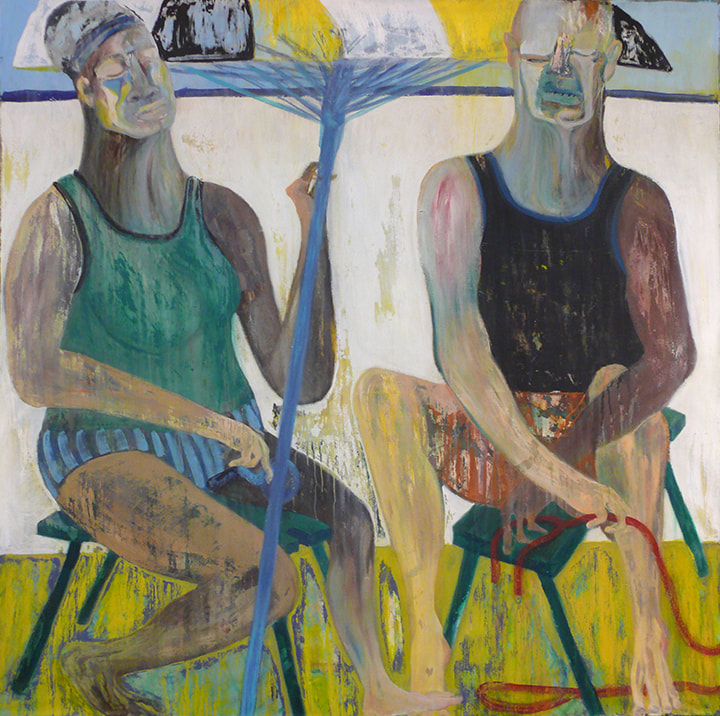
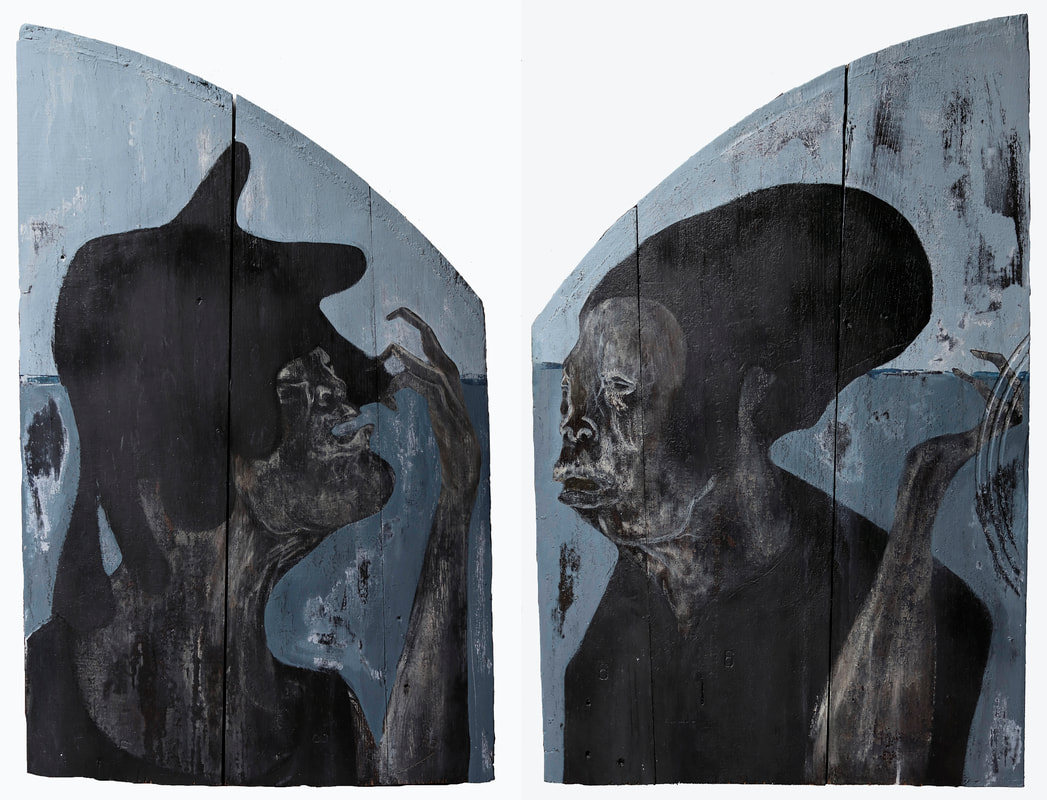
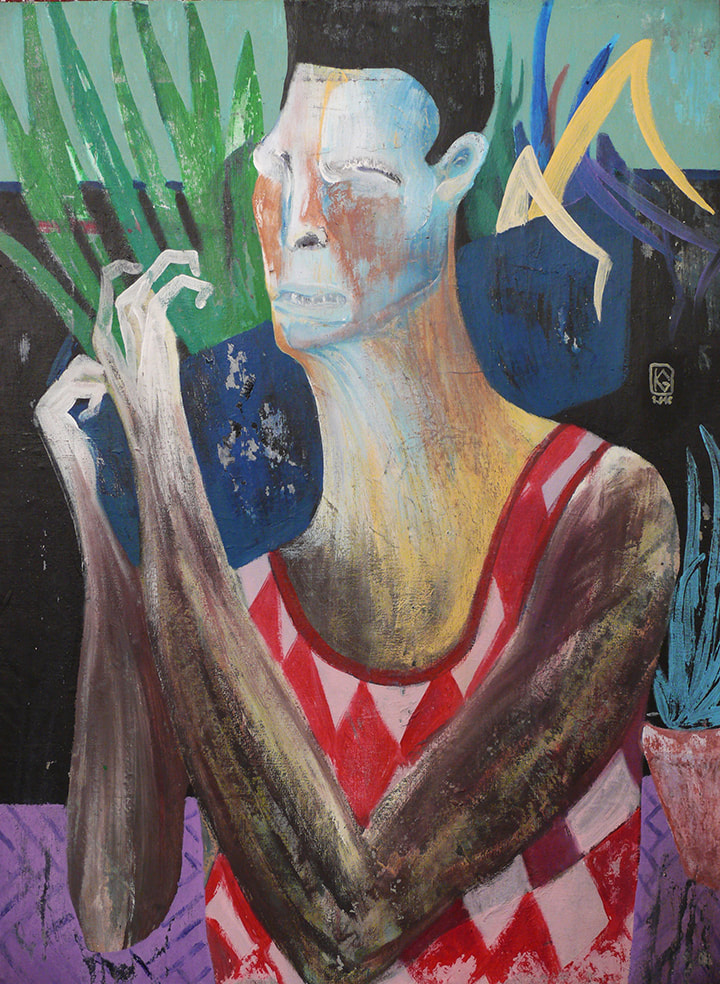
 RSS Feed
RSS Feed